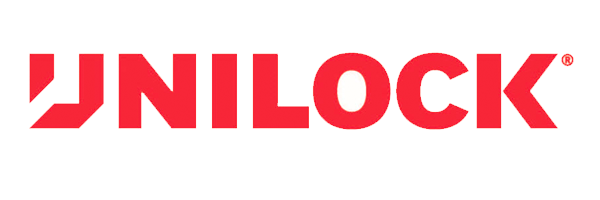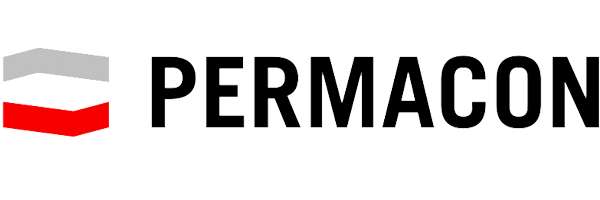
Do you have patches of brown grass around your lawn? Is the dirt exposed and your lawn withering away? If so, you may have a problem with your soil.
While we usually gauge our lawn's health by looking at the grass's colour and density, it's the soil that is generally the culprit of a dying lawn. Soil colour itself can tell you a lot about your soil's health and how it can affect your grass.
If you have been searching for an explanation on why your grass is dying, look no further. Here we explain what the colour of your soil can mean for your grass.
Dark Brown or Black
Dark coloured soil has a large amount of organic matter. It develops from plants and animals that have died and decayed in the ground.
Also known as humus, this type of soil has many nutrients and is usually what you would use to fertilize plants or buy as topsoil. It retains moisture while allowing for adequate drainage.
If your soil is almost black rather than a deep brown, your soil could also contain iron sulphide. When combined with increased amounts of water, it can acidify your soil, so be cautious of the difference. One is nutritious, while the other can harm grasses that don't handle acidity well. Compare them on a soil colour chart, to be certain.
Reddish Brown
Soils with reddish tones indicate the presence of iron in the soil. Red soils have large amounts of clay in them, which is a more dense soil type. This soil type also does not offer much in the way of drainage, so it is often sticky to the touch.
The clay minerals are typically aluminum and iron oxides, which gives it the signature reddish-brown colour. These soil types are usually found in hot climates, so if this sounds like your soil, you may need to consider adding more organic matter to your lawn or choosing a grass that grows well in clay soils.
Yellowish Brown
Yellow soil also indicates there are oxidized ferric iron oxides in your soil. Like reddish coloured soil, yellowish-brown soil can form from different reactions with the minerals in the soil.
Yellow soils are more likely to be found in areas with higher moisture contents than in areas with red soils. The common mineral goethite usually gives yellowish-brown soil it's signature ochre colour.
Orange or Tan
Again, orange soil is just another indication of iron sulphates in the soil. However, in orange coloured soils, you have a lower clay content than red soil and higher than yellow. There is more moisture, but it still typically does not allow for adequate drainage.
A good rule of thumb is that the darker the shade, the more organic material it has. If your soil is dense and lacks drainage, you probably have a soil too rich with minerals and insufficient organic matter to allow for drainage and proper nutrient delivery.
Gray or White
Light coloured soils usually consist of high amounts of calcium and magnesium carbonate. They are also an indicator of low oxygen in the soil. Little to no life exists in the soil to produce the proper allocation of nutrients for the grass to grow.
Is Your Soil Colour Hurting Your Grass?
Aeration, drainage, mineral composition, and density all affect how well plants, especially grass, grow in our soil. Take a small sample to test yours and determine if your soil colour indicates poor soil quality for grass growth.
If you're having trouble keeping your lawn alive, your soil may be to blame. Contact your lawn experts at Scott's Landscaping for questions and information about landscaping solutions and maintenance.





